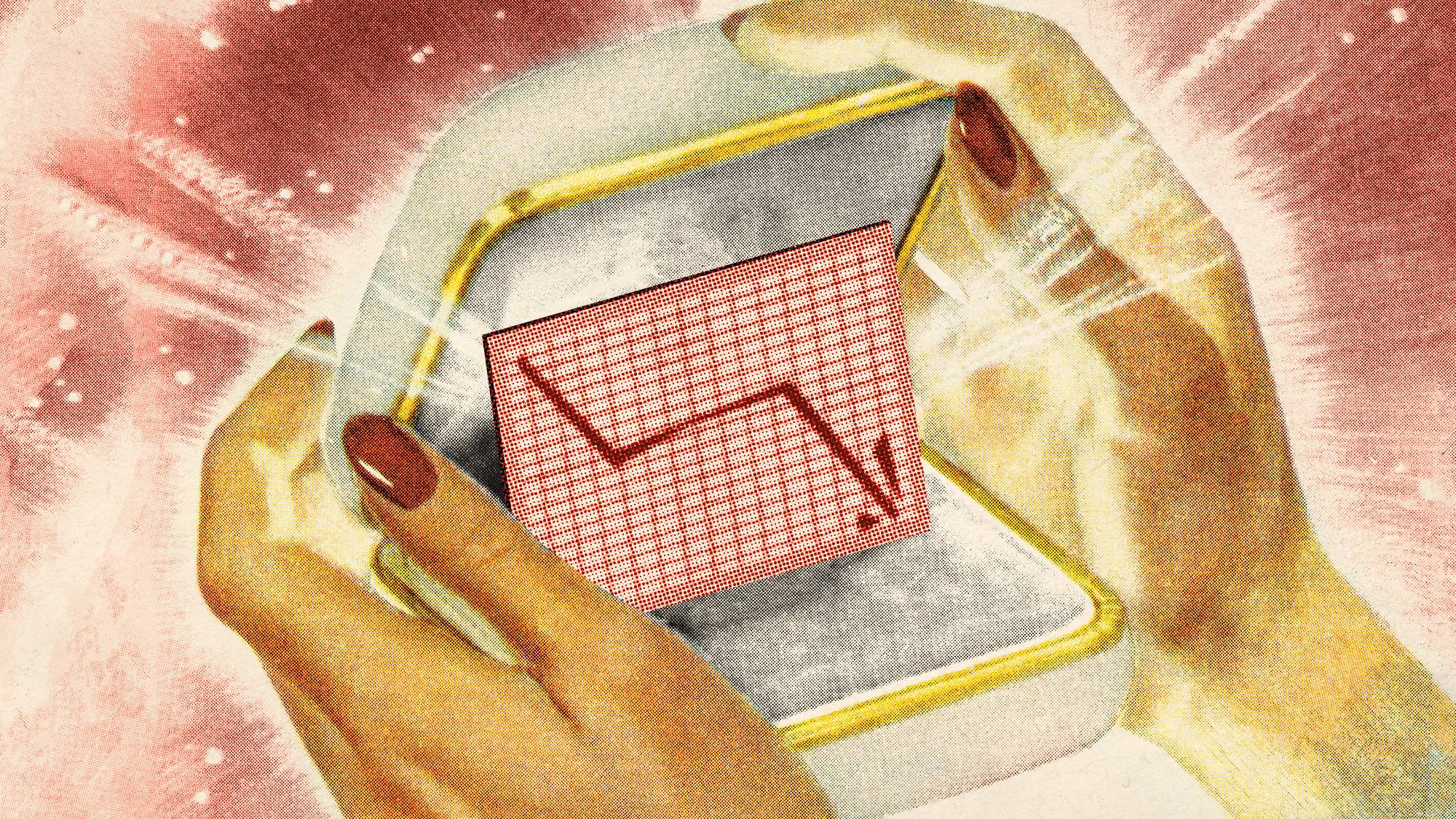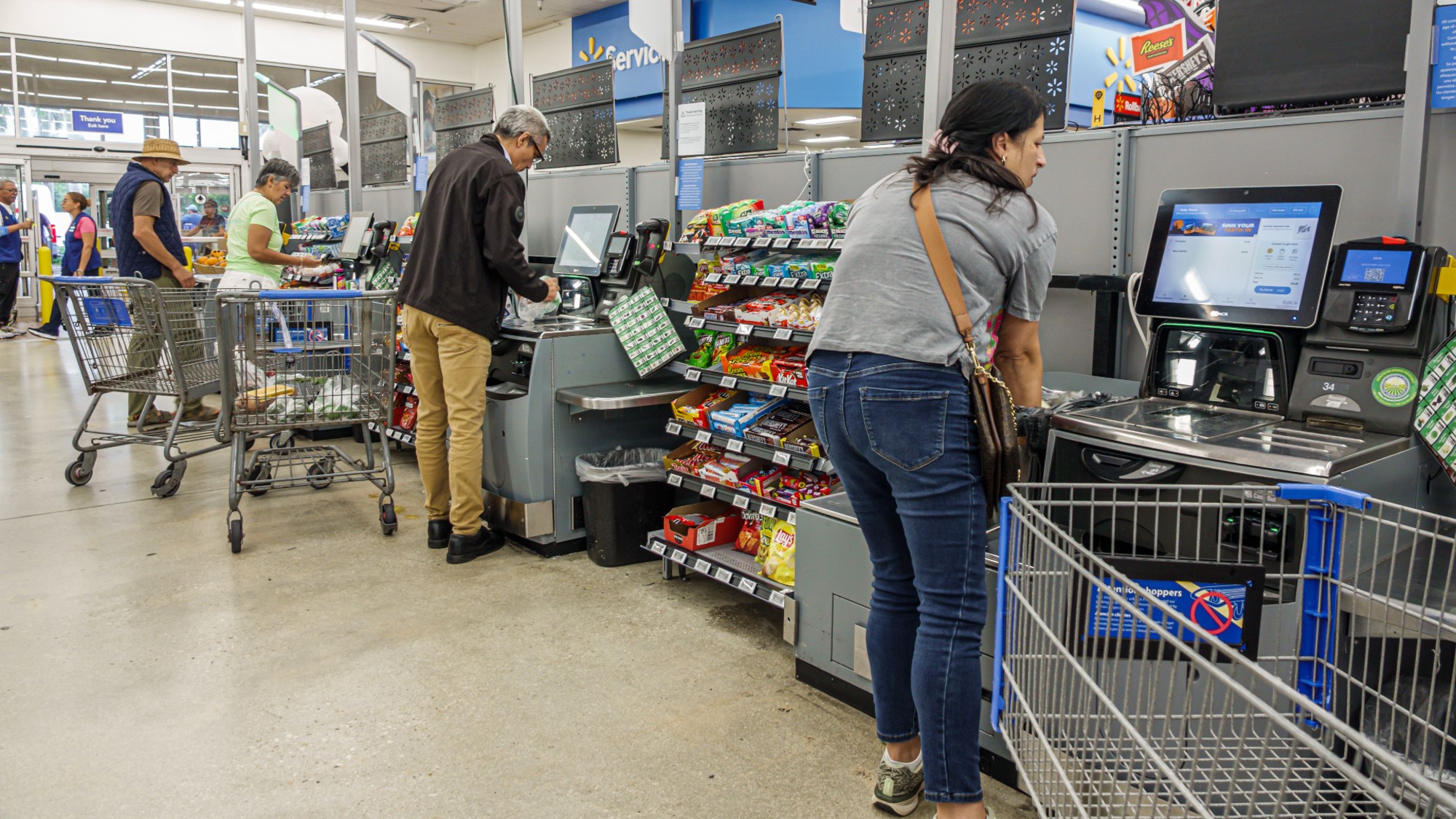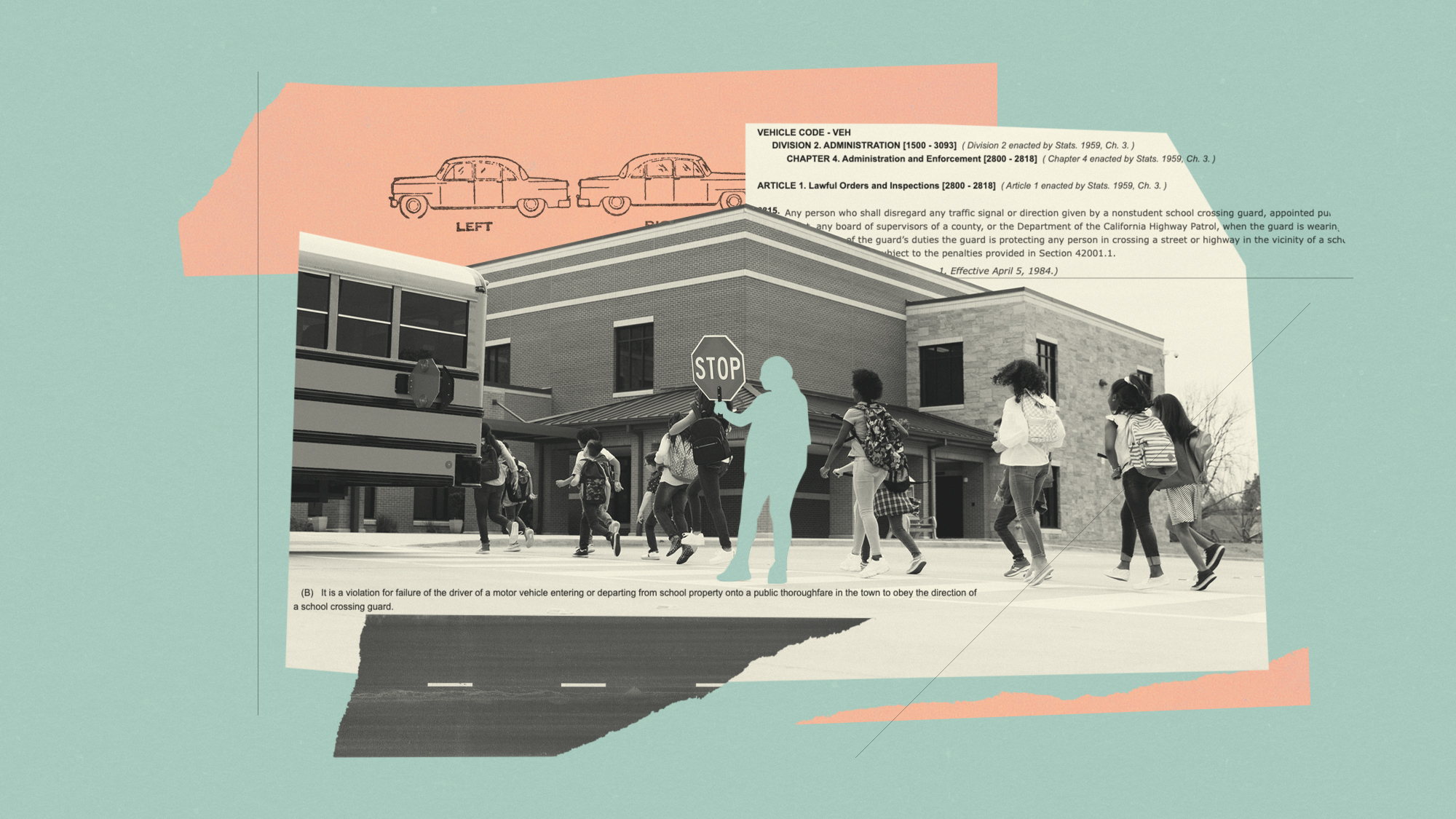The diamond market is losing its shine
Precious gemstones are rapidly dropping in price


Diamonds, once the ultimate symbol of opulence and wealth, may be on their way out. With the prevalence of lab-grown alternatives and an overall decrease in demand, natural diamond companies are being forced to drop their prices. But the market does have the potential to make a comeback.
Lucy in the lab with diamonds
De Beers, one of the biggest players in the diamond market, is feeling burnt by the lowering price of diamonds. The company "amassed its biggest stockpile of diamonds since the 2008 financial crisis, laying bare the group's challenge in reviving demand for jewels long seen as the pinnacle of luxury," said the Financial Times. In the first half of 2024, De Beers' sales were 20% lower than the same time the previous year. Now, it has "cut production from its mines by about 20% from [2023] levels and reduced prices at its most recent sale."
De Beers' conundrum points to a bigger picture: Diamonds are not the crown jewels they once were. "It's a bad time to buy a diamond," said a jeweler in Hatton Garden, the center of the London diamond trade, to The Guardian. "They'll probably be cheaper in a few weeks." Much of this can be attributed to the rise of lab-grown diamonds, which are lower cost and can be made more quickly than — and without the ethical and environmental concerns of — mined diamonds. They also have the same chemical makeup. In 2023, "lab-grown diamonds accounted for an estimated 14.3% of total diamond supply," said Forbes, citing an analysis by Morgan Stanley. "What makes those numbers interesting is that they are part of a trend which shows strong growth in lab-grown supply and a flat, or falling, supply of mined material." In particular, "Gen Z's preference for less expensive lab-grown diamonds has hit demand for natural stones," said Fortune.
The Week
Escape your echo chamber. Get the facts behind the news, plus analysis from multiple perspectives.

Sign up for The Week's Free Newsletters
From our morning news briefing to a weekly Good News Newsletter, get the best of The Week delivered directly to your inbox.
From our morning news briefing to a weekly Good News Newsletter, get the best of The Week delivered directly to your inbox.
A diamond in the rough
While lab diamonds are taking up a larger portion of the market, their prices have also been on the decline. "The price drop may make diamond-adorned luxury items more accessible to a broader range of consumers. However, the parallel decline in lab-grown prices hints at a more general, waning interest in diamonds," said Newsweek. "This trend could signify a broader shift in consumer preferences toward alternative gemstones and the wider struggles experienced by the luxury sector over the past few years of inflation-fueled frugality."
The fall of the diamond market began during the Covid-19 pandemic and has yet to return to pre-pandemic levels. "The knock-on effects of Covid-19 were still reverberating" as marriages "only returned to pre-pandemic levels" in 2024, said Fortune. In addition, China, one of the largest markets for diamonds, has been experiencing a "slumping economy," which has been a "major drag on the luxury sector."
But experts say that natural diamonds are not necessarily out for good. The low cost of lab-grown diamonds could be a "good thing" because "consumers won't want a 'luxury' item that costs almost nothing, which means the appeal of natural stones should remain in place," said Bloomberg. De Beers also launched a marketing campaign in October 2024 to push the desirability of natural diamonds. "Moving forward, traditional diamond industry players will need to adapt by diversifying their product offerings or communicating the unique value propositions of natural stones," said management consulting firm McKinsey in a report.
A free daily email with the biggest news stories of the day – and the best features from TheWeek.com
Devika Rao has worked as a staff writer at The Week since 2022, covering science, the environment, climate and business. She previously worked as a policy associate for a nonprofit organization advocating for environmental action from a business perspective.
-
 Did Trump just end the US-Europe alliance?
Did Trump just end the US-Europe alliance?Today's Big Question New US national security policy drops ‘grenade’ on Europe and should serve as ‘the mother of all wake-up calls’
-
 How the War Department became the Department of Defense – and back again
How the War Department became the Department of Defense – and back againIn Depth In 1947 President Harry Truman restructured the US military establishment, breaking with naming tradition
-
 Sudoku hard: December 8, 2025
Sudoku hard: December 8, 2025The daily hard sudoku puzzle from The Week
-
 Texas is trying to become America’s next financial hub
Texas is trying to become America’s next financial hubIn the Spotlight The Lone Star State could soon have three major stock exchanges
-
 US mints final penny after 232-year run
US mints final penny after 232-year runSpeed Read Production of the one-cent coin has ended
-
 How could worsening consumer sentiment affect the economy?
How could worsening consumer sentiment affect the economy?Today’s Big Question Sentiment dropped this month to a near-record low
-
 Musk wins $1 trillion Tesla pay package
Musk wins $1 trillion Tesla pay packageSpeed Read The package would expand his stake in the company to 25%
-
 Starbucks workers are planning their ‘biggest strike’ ever
Starbucks workers are planning their ‘biggest strike’ everThe Explainer The union said 92% of its members voted to strike
-
 Being a school crossing guard has become a deadly job
Being a school crossing guard has become a deadly jobUnder the Radar At least 230 crossing guards have been hit by cars over the last decade
-
 Warner Bros. explores sale amid Paramount bids
Warner Bros. explores sale amid Paramount bidsSpeed Read The media giant, home to HBO and DC Studios, has received interest from multiple buying parties
-
 Rising costs are making it harder for people to afford pets
Rising costs are making it harder for people to afford petsUnder the Radar Shelters are filling up as a result
